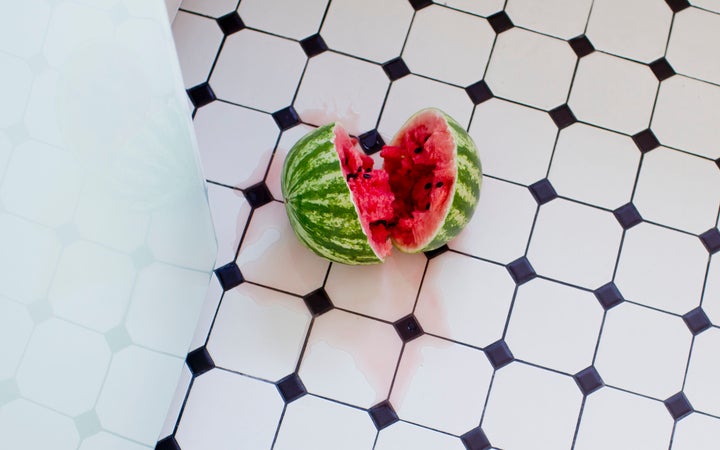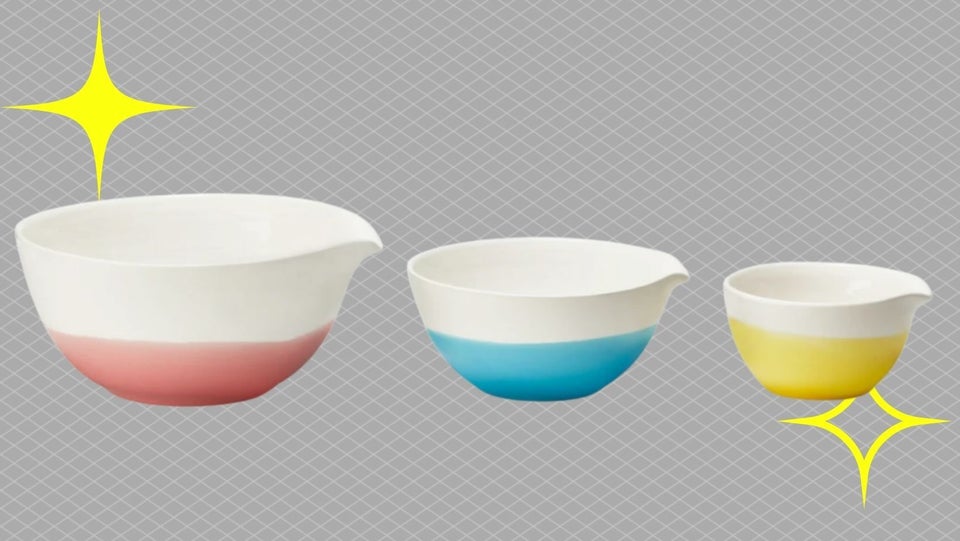
We’ve all dropped a cracker or slice of pizza on the floor and still wanted to eat it ― and maybe actually eaten it, while invoking the five-second rule. But is it ever OK to eat foods that have been dropped on the ground? Is that hallowed piece of pizza actually protected for those sacred five seconds, or is it all a lie we like to believe?
“Well, I actually don’t like to tell people what to do,” said Don Schaffner, extension specialist and distinguished professor in the department of food science at Rutgers University. “I like to tell people about the science and let them make their own decision. Certainly, if you drop something on the ground, it may contact germs, and if you eat those germs, they may make you sick.”
Whether the five-second rule ― or 10-second or three-second rule, whatever you call it ― is true is complex, experts said. It depends on several variables, including the type of food, type of floor and what that surface is potentially contaminated with. Here’s why.
Where did the five-second rule originate?
No one is sure where the idea of the five-second rule originated, but it’s often attributed to 13th-century Mongolian ruler Genghis Khan, who is said to have had a rule that foods that fell on the floor would stay there as long as he saw fit.
“There were some historical quotes from Genghis Khan about eating food off the floor in reference to a ‘if it was good enough for him, then it was safe for everybody’ kind of a response,” said Paul Dawson, professor at Clemson University’s food, nutrition, and packaging sciences department.
However, people of that era lacked knowledge about microorganisms and how they can cause illnesses, so eating foods off the floor may have been no big deal, according to the book “Did You Just Eat That?” written by Dawson and Brian Sheldon.
Another reference to the myth comes from an inaccurate story about Julia Child, in which viewers reportedly remember her dropping a piece of meat and picking it up, saying that if you’re alone in the kitchen, no one will see if you drop foods. But according to Dawson, the story isn’t true.
“We couldn’t track down exactly when it started,” he said. “I think it’s just one of those society myths that kind of got started and people kept propagating it.”
What happens when you drop food on the floor?
Both Dawson and Schaffner have studied the five-second rule and what happens when different foods come in contact with various surfaces.
In a 2006 study published in the Journal of Applied Microbiology, Dawson and other researchers examined whether the length of time that food was in contact with a contaminated surface affected the transfer of bacteria to the food. They tested three floor types ― tile, wood and carpet ― contaminated with salmonella, and two kinds of food: bologna and bread.
The research found the contamination level of the floor and the type of surface mattered most. Carpet harbored more bacteria for longer but didn’t transfer as much to the foods; carpet’s porous surface enabled bacteria to seep in and not stand on the surface as much, Dawson said.

Bacteria can live on dry surfaces for up to several weeks, so the contamination potential is extensive, he explained.
In 2016, Schaffner co-authored a study published in the Applied and Environmental Microbiology Journal that tested watermelon, bread, bread with butter and gummy candy dropped on contaminated stainless steel, tile, wood and carpet surfaces for less than a second, five seconds, 30 seconds and 300 seconds.
The research revealed that the most bacteria transferred to watermelon and the least to the gummy candy. Longer exposure was a major factor, but contamination happened even in a fraction of a second.
“Our research showed that in every single condition ― no matter what surface, what food or what time ― there were always some experimental trials where we saw some bacteria transfer,” Schaffner said. “There was no safe time where we never saw the bacterial transfer.”
What other factors influence the five-second rule?
While how long food is on the floor matters, the type of food and what’s actually on that floor matters just as much, if not more.
A food’s moisture level is a crucial factor, Schaffner said. For instance, in his study, when they dropped watermelon cubes on different surfaces, most of the bacteria transferred to the fruit.
“We think this is because the moisture facilitates movement of the bacteria from the surface to the food,” he explained. “Bacteria don’t have legs, so they really do require something like moisture to allow them to move.”
Drier foods like bread and gummy candy saw fewer bacteria transfer ― but they still picked up enough bacteria to make you sick, Dawson said.
Really, what it all comes down to is whether the surface is actually contaminated, and bacteria can survive on surfaces for weeks. Any floor free from bacteria simply won’t transfer bacteria to food dropped on it.
“I would trust my freshly mopped kitchen floor more than I would trust another surface like a New York City subway platform,” Schaffner said.
Besides bacteria, floors may be covered in dust or pet hair, which could get on your food. That’s not something you’d want to eat, but Dawson said it’s likely harmless in itself. However, bacteria can “ride on those particles,” he added.
Is the five-second rule true?
“It’s pretty much a myth,” Dawson said. “It really depends on what’s on the ground and where the food lands.”
Food will pick up bacteria immediately, “so you’re just gambling if you eat it and you’re not sure what’s on that surface,” he explained. Foodborne illnesses, from salmonella and other bacteria, can cause nausea, vomiting or diarrhea and can even be deadly.
“I worry about pathogenic bacteria and pathogenic viruses like norovirus that can cause illness,” Schaffner said, adding that the “five-second rule is not true.”
“There is no ‘safe’ amount of time when no bacterial will transfer,” he emphasized.
